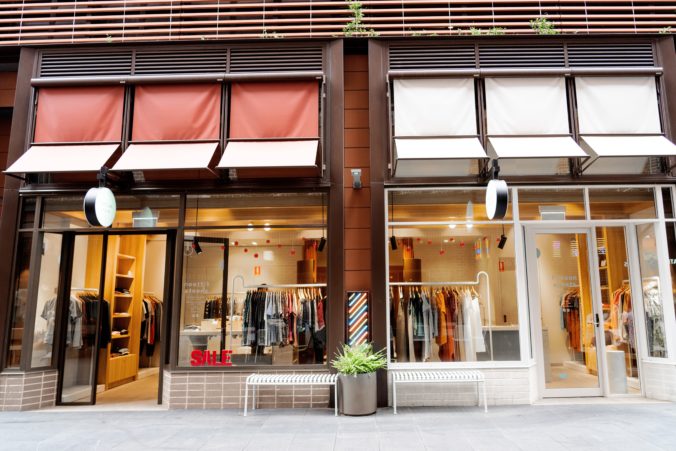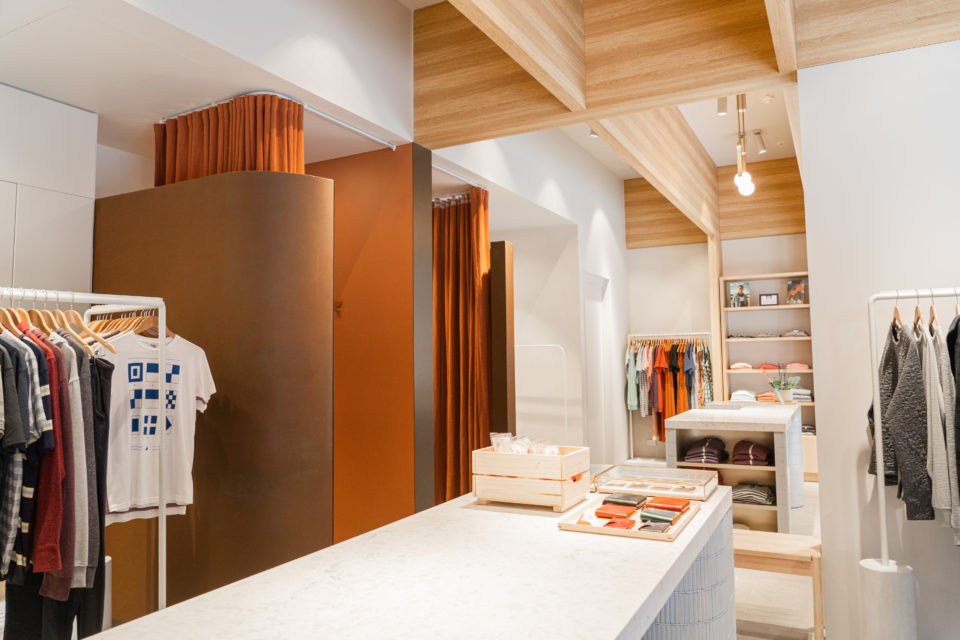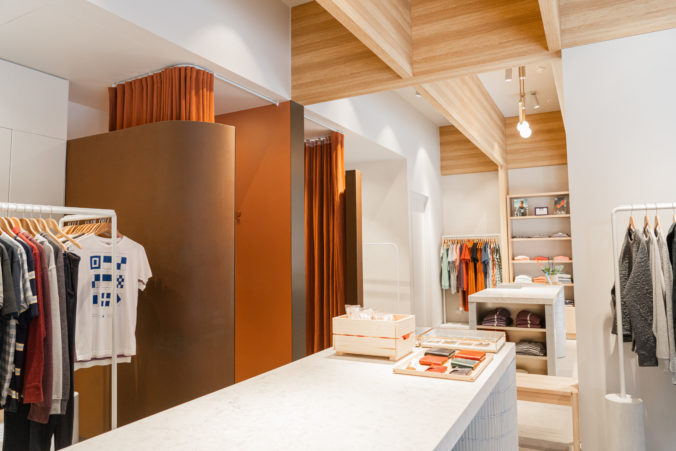New data from Tyro reveals how Aussies are eating, spending and drinking in 2024

29 March 2022 - 6 min read
Trends

Retail businesses have had a tough few years trying to stay on their feet during the COVID-19 pandemic. From shutting their doors to combatting staff shortages, it hasn’t been easy—especially for owners whose livelihood comes from their stores.
Thankfully, the future is looking a little brighter as health metrics improve and restrictions ease, and retail businesses make their rebound. The industry they’re returning to, however, won’t quite be the same; with a unique set of trends they’ll need to take into account if they want to stay on top.
So you know what to expect from the new retail reality, we’ve scoured the internet and compiled five key retail trends for 2022. Read on to discover what they are and how you can adopt them.
As we emerge from the COVID-19 pandemic, omnichannel shopping (aka offering customers the best of both online and offline worlds) won’t be going anywhere. Customers will expect you to keep the online shopping, social commerce, and click-and-collect features you brought in during the pandemic, so they can continue shopping how they want.
You’ll need to ensure you have the right set up in place to meet this modern demand, which might involve rethinking your current investments and infrastructure. Tyro EFTPOS is a payments solution designed to make life easier for retail businesses. Able to process cards and contactless payments in under 1.5 seconds1, be taken directly to the customer, connect with your POS system, and integrate with your online store, it’s all about creating a seamless shopping experience for customers and staff alike.
As more and more retailers scale up their omnichannel operations, we can expect to see flow-on effects that change the retail landscape for good; this includes the role, format and size of bricks-and-mortar stores, enhanced abilities to leverage deep customer insights, and a major reconfiguration of supply chains to cater to channel shifts.
While customers had expectations for environmental, social, and governance (ESG) responsibilities before COVID, the pandemic has propelled their desire to see retail businesses taking more responsibility for sustainability2.
Purchasing decisions are increasingly being influenced by ESG implications, which means you will need to implement ESG initiatives to keep customers coming. Yes, this can be costly, but the reality is that taking sustainability seriously is now a ticket to play in the retail game and if you don’t make moves towards being green, customers will find another business that does2.
If you’re approaching ESG for the first time, the key is to have a measured strategy where you can calculate the benefits of your environmentally conscious efforts. It will also be crucial to understand customer segments more deeply so you can make changes where it counts; for example, ESG initiatives align much more strongly with millennials in Australia so it would make sense to make changes where they’re most likely to encounter your brand.


At a time when consumer behaviours are changing rapidly, customer experience is more important than ever. As a retail business, you’ll need to make a conscious effort to emotionally engage with your customers and retain their loyalty, so they stick around for the long haul (and hopefully sing your praises to others).
Not sure how to drive loyalty? Try improving customer service by giving customers more flexibility to pay the way they want (e.g. buy now, pay later), sharing user-generated content on social media, creating a rewards program that gives back to regulars, or tapping into a growing desire to shop local.
Having a laser focus on ways to strengthen relationships with existing customers will be crucial in 2022 (and beyond) so find out what makes your customers tick and work out ways to wow them.
Another retail trend expected for 2022 is more customers wanting personalised brand experiences2. This means tailored offers and communications that are timely, meaningful, and relevant to their interests and buying habits.
To deliver personalised content to customers, you’ll need to capture all the signals that they put out through their buying journey and their lifetime interaction with your brand. A great way to do this is by creating a digital fingerprint that integrates their profile data, transactions and interactions, as well as predicting future behaviours, values, and preferences so you can offer them something they want before they even realise they want it.
Embracing personalisation will not only help you deliver on customer outcomes, but also boost your overall business performance.
In 2022, retail businesses will be busy regrouping and rebuilding as the industry rebounds from the pandemic. Part of this process as an owner will be applying what you’ve learnt during the pandemic into your plan for the road ahead, including the below considerations.
Burnout
Being pent up during lockdowns was challenging for a lot of workers and may have taken a toll on their physical and mental health. While you’ll obviously want to make the most of the predicted rebound in retail spending, you’ll need to do so sustainably to avoid burnout in your team. To prevent your team from running on empty, adequately engage and prepare them for the uphill journey, generate excitement about what can be achieved, and bring everything back to the business’ purpose, ambitions and vision. At a tactical level, you will need to actively manage leave and shifts for maximum coverage while also allowing time for personal restoration (rested workers are better workers, after all).
Culture
If COVID brought retail businesses anything, it’s that many leaders discovered more compassionate, vulnerable, and inclusive styles, which were embedded into organisational values and, in turn, motivated workers. In addition, gaps were bridged between frontline workers and support employees, creating a more united team across the board. Both of these cultural elements are essential to retail business success, and should be embedded into your approach going forward.
Retention
With the Great Resignation comes the need to focus on retaining employees and keeping turnover as low as possible. As a retail business owner, you might want to consider establishing reward and recognition programs, increasing personalisation, and introducing wellbeing initiatives to keep team members for longer.
The COVID-19 pandemic has created a new reality for retail businesses. Adopting these trends is a great way to meet the demands of the post-pandemic environment and stay on top in 2022 and beyond.
1 Average time for card-present payment authorisation.
2 KPMG. (2022). Australian Retail Outlook 2022. Available at: assets.kpmg/content/dam/kpmg/au/pdf/2022/australian-retail-outlook-2022.pdf
9 Oct 2024 - 2 min read
Australian-based 24/7 support